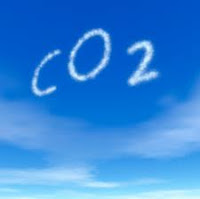 Coal is divided into two basic categories:
Coal is divided into two basic categories:
1) Metallurgical or Coking (used in
steelmaking) and
2) Thermal or Steam (used for heating and electrical generation).
Metallurgical or coking (used in steelmaking) and thermal or steam (used for heating and electrical generation).
Metallurgical is the highest grade in terms of heating value, and sells for the highest price. The U.S. consumes about 15 million tons per year, and exports 30 to 40 million tons.
Metallurgical and thermal coal are basically different products with different markets. Thermal coal production is a giant in comparison. World-wide consumption is over 7 billion tons, and U.S. consumption is around a billion tons per year.
China is a large consumer and producer of thermal coal. It relies on coal for almost 70% of its electric power, and uses almost 3 billion tons per year. According to the World Coal Institute, China gets its coal from 18,557 mines, 95% of which are underground rather than surface. The U.S., for comparison, has 1,458 coal mines, of which 60% are opencast. (Seeking Alpha, 9/15/2012)











